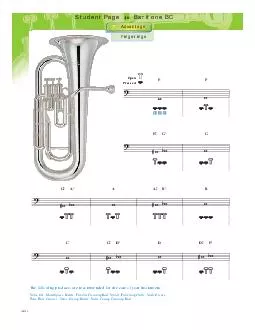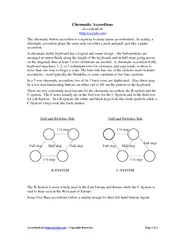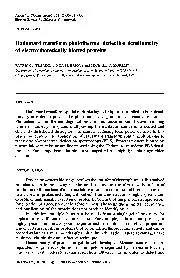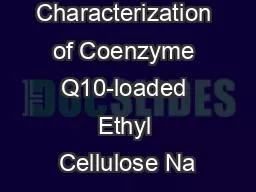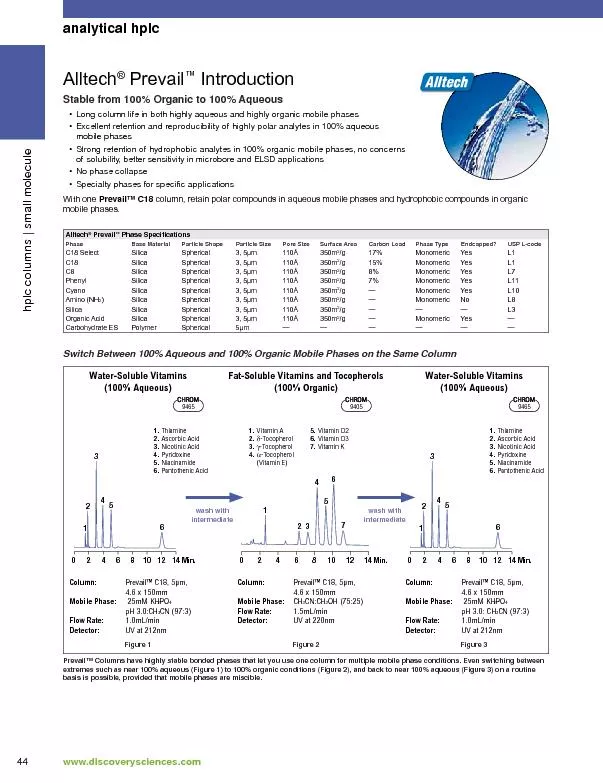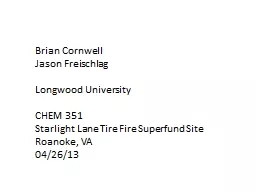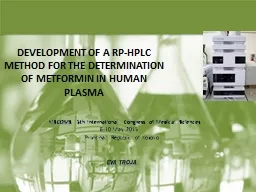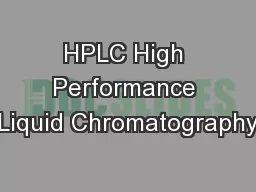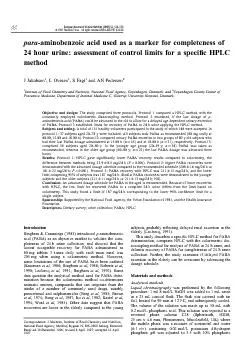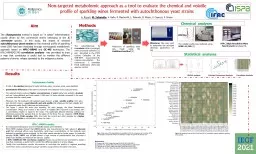PPT-7. HPLC Adv. Chrom
Author : yoshiko-marsland | Published Date : 2019-11-20
7 HPLC Adv Chrom Revision 1 The P in HPLC is often used as an abbreviation for pressure Explain why pump uses high pressure to form liquid through column 2 Draw
Presentation Embed Code
Download Presentation
Download Presentation The PPT/PDF document "7. HPLC Adv. Chrom" is the property of its rightful owner. Permission is granted to download and print the materials on this website for personal, non-commercial use only, and to display it on your personal computer provided you do not modify the materials and that you retain all copyright notices contained in the materials. By downloading content from our website, you accept the terms of this agreement.
7. HPLC Adv. Chrom: Transcript
Download Rules Of Document
"7. HPLC Adv. Chrom"The content belongs to its owner. You may download and print it for personal use, without modification, and keep all copyright notices. By downloading, you agree to these terms.
Related Documents



